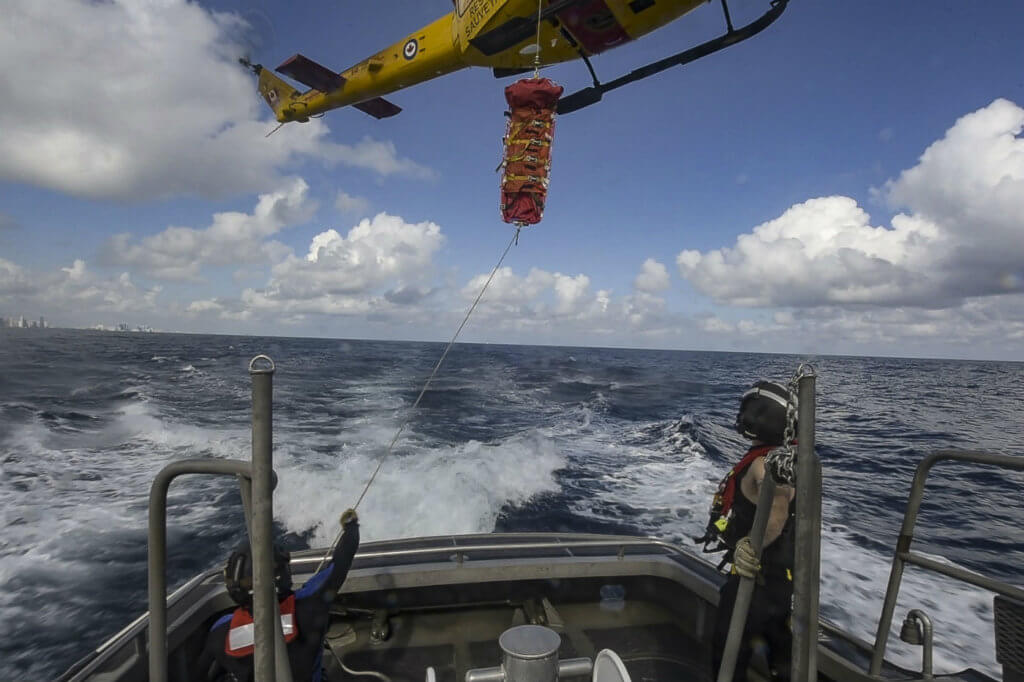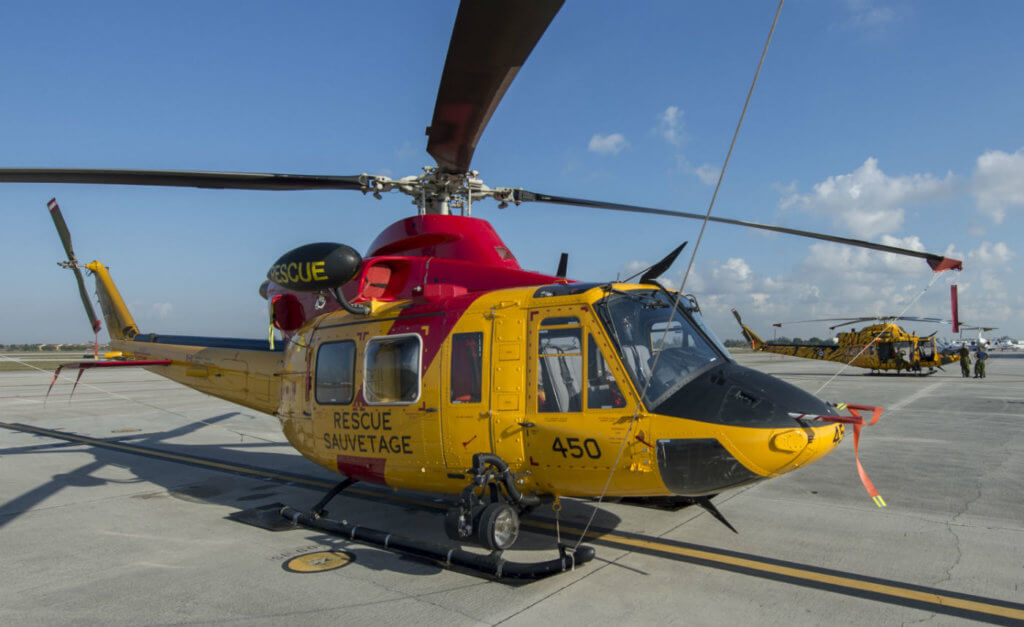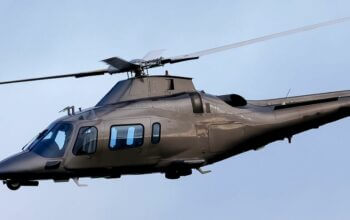Estimated reading time 4 minutes, 59 seconds.
Aircraft and personnel from the Royal Canadian Air Force’s (RCAF) three combat support squadrons (417, 439 and 444 Squadrons) and one transport and rescue squadron (424 Squadron) are deployed on Exercise Southern Breeze, at United States Coast Guard Air Station Miami in Opa Locka, Fla.

The exercise, which began on Feb. 6, 2017, will continue to March 4.
The exercise is designed to employ the skills required to deploy a small scale force and sustain operations while dislocated from main supporting units. The training enables combined unit operability, and provides CH-146 Griffon combat support and search and rescue (SAR) crews with an opportunity to refine overwater and boat rescue skills alongside partners in the United States Coast Guard (USCG). This training aims to leverage and build upon the partnership between the RCAF’s CH-146 Griffon-based combat support and SAR assets, and the experiences of the USCG.
“Our combat support squadrons provide an agile medical response capability and a high-readiness operational posture to support local wing operations,” said Maj Steven Siket, the Air Task Force commander. “Their residual capacity and SAR-like capabilities make combat support a natural choice for augmenting SAR operations when situations require. This exercise will improve the proficiency of our combat support and SAR Griffon capabilities, ensuring that these crews are ready to help Canadians and serve Canadian interests whenever and wherever that need arises.”

Approximately 120 personnel (up to 50 personnel at any one time) and three CH-146 Griffon helicopters are deployed on the exercise. Exercise personnel and equipment are from the following units:
- 439 Combat Support Squadron, 3 Wing Bagotville, Que.;
- 417 Combat Support Squadron, 4 Wing Cold Lake, Alta.;
- 5 Wing Goose Bay: 444 Combat Support Squadron, 5 Wing Goose Bay, N.L.; and
- 424 Transport and Rescue Squadron and the Transport Standards and Evaluation Team from 8 Wing Trenton, Ont.

The ability to plan and execute small to medium-scale deployments and operate as composite detachments is important for these units to remain agile in support of short-notice events that require personnel recovery and SAR-like capabilities at locations not readily supported by their main operating locations.
Semi-annual currency requirements for day and night overwater operations and boat hoisting become a challenge to maintain during the winter months for some RCAF squadrons. Frigid temperatures and local ice conditions in Cold Lake, Bagotville and Goose Bay result in a lack of training areas available to conduct training.

Throughout the exercise, both day and night operations will take place, thereby capitalizing on every possible opportunity to train and develop vital SAR skills in a safe and unencumbered operating environment.
SAR readiness and operations in Canada will not be affected by this training.








